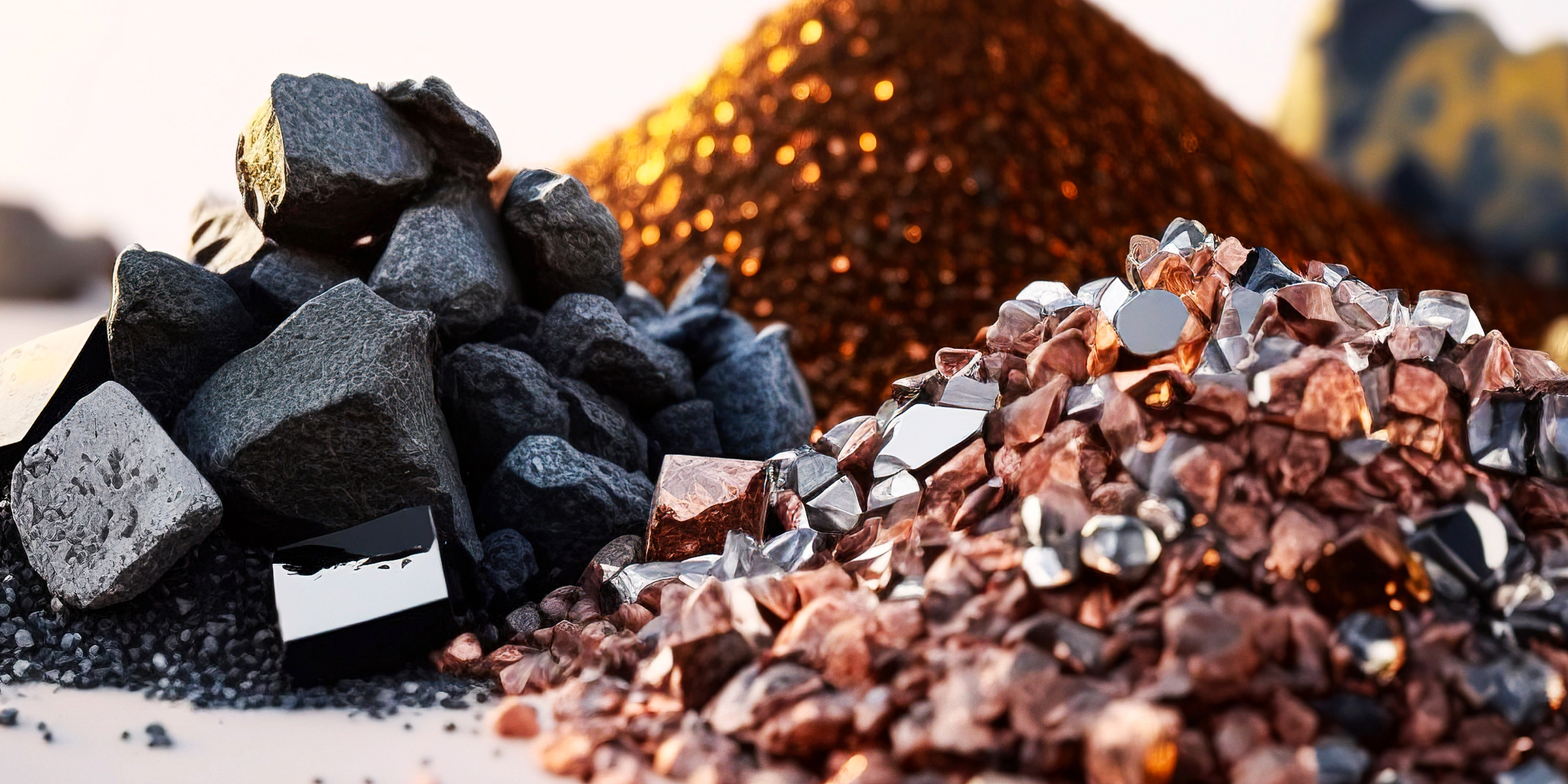
How to Clean Rocks — Expert Tips Using 3 Powerful Cleaning Agents
If you're a collector of rocks, it's crucial to know how to clean them properly. Using the wrong cleaning products could easily ruin the beauty of your precious finds.
When considering the cleaning of rocks, the term "acid" may seem daunting to many. Despite its intimidating connotation, preserving the quality of your precious stones is essential.
Rest assured, there exist numerous household acids and solutions that are entirely safe for use, provided you take the necessary precautions. Here's how to clean rocks with three different cleaning agents.

A handful of small rocks | Source: Pexels
How to Clean Rocks
1. With Vinegar
Vinegar is a versatile solution and a convenient way to restore luster to stones with minimal effort. Specifically for agates, a distinct type of rock, a vinegar soak is recommended.

Use vinegar to clean the stones to helps remove loose dirt | Source: Shutterstock
When combined with baking soda, it produces a bubbling reaction, which helps remove loose dirt. However, even though cleaning rocks seems easy, it's important to proceed cautiously. Before cleaning, test a small area first. Here's how:
- Wash the stones with water to remove loose dirt.
- Soak rocks in a half-water, half-white vinegar solution for 15-20 minutes, then gently scrub with a brush.
- Rinse rocks with water and let them dry.
The solution works well for rocks, but it's important to note that using vinegar on certain types of stones, such as limestone or marble, is a no-go. It can cause them to corrode, so it's best to avoid it for those materials.

Avoid using vinegar on stones like limestone or marble, as it can corrode them. | Source: Pexels
2. With Muriatic Acid
Muriatic acid (hydrogen chloride (HCl) has two main uses: It's great for soaking specimens and works wonders as a cleaner for bricks and concrete.

Apply muriatic acid to the stones outdoors or in a well-ventilated area, being cautious to avoid fumes and spills. | Source: Shutterstock
However, this cleaning solution is a strong acid and should be handled with extra care. Be sure to follow the necessary guidelines:
- Clean the rocks using dish soap and water. Afterward, ensure they are dry before placing them in a plastic or glass container. Do not use metal, as it will react with the acid.
- Cover the stones with muriatic acid. Avoid the fumes and be careful not to spill. This is best done in a yard or a well-ventilated area.
- Check the stones regularly, as the calcium will dissolve quickly. When the specimens look clean, rinse them under running water for 30-60 seconds to flush the acid from the samples.
- Soak the stones in a baking soda solution of 1 part baking soda and 1 part water for a few days.
Dispose the muriatic acid after use. Simply dilute it to 5% or less or neutralize it with baking soda until the fizzing stops. Always add acid to water, not the other way around, to prevent hazards. You can dispose of the neutralized solution down the drain or toilet.

After the specimens appear clean, rinse them under running water for 30-60 seconds to remove the acid. | Source: Pexels
3. With Hydrogen Peroxide
Hydrogen peroxide, though less mainstream, is effective for cleaning rocks, particularly in the removal of oxidized materials. Caution is advised against using this high-concentrated solution due to its associated risks.

Place rocks in a container, pour hydrogen peroxide over, ensuring full coverage. | Source: Shutterstock
The cleaning process involves two actions: mechanical, where bubbles dislodge debris effectively from stone surfaces, especially in cracks; and chemical, where it easily dissolves organic stains and tackles manganese oxides and other impurities. It's important to test the effectiveness of this solution through these steps:
- Collect recently acquired rocks and rinse them with water to remove surface debris.
- Use a toothbrush to scrub away any remaining dirt or particles.
- Rinse the rocks once more and allow them to dry.
- Put the rocks in a clear container and pour the grocery store-grade hydrogen peroxide over them, ensuring they are fully covered.
- Observe the foaming reaction until the foaming stops.
- Allow the rocks to soak in the hydrogen peroxide for 2-3 days unless any alarming reactions occur. After that, remove the stones from the solution.
- Rinse and scrub with a toothbrush, and rewash it. Dry the rocks thoroughly after.
If the rocks appear unchanged, consider two options: Experiment with alternative cleaning products to achieve better results or increase the hydrogen peroxide concentration for another attempt.

If the rocks remain unchanged, try different cleaners or increase the use of hydrogen peroxide concentration. | Source: Shutterstock
Remember, regardless of the cleaning agent chosen—vinegar, muriatic acid, or hydrogen peroxide— exercising caution is vital to preserving the longevity and vibrancy of your rock collection.
Just as rocks benefit from this care, don't forget to extend the same attention to your crystals, especially fluorite. Explore how to clean fluorite to maintain its pristine beauty.
